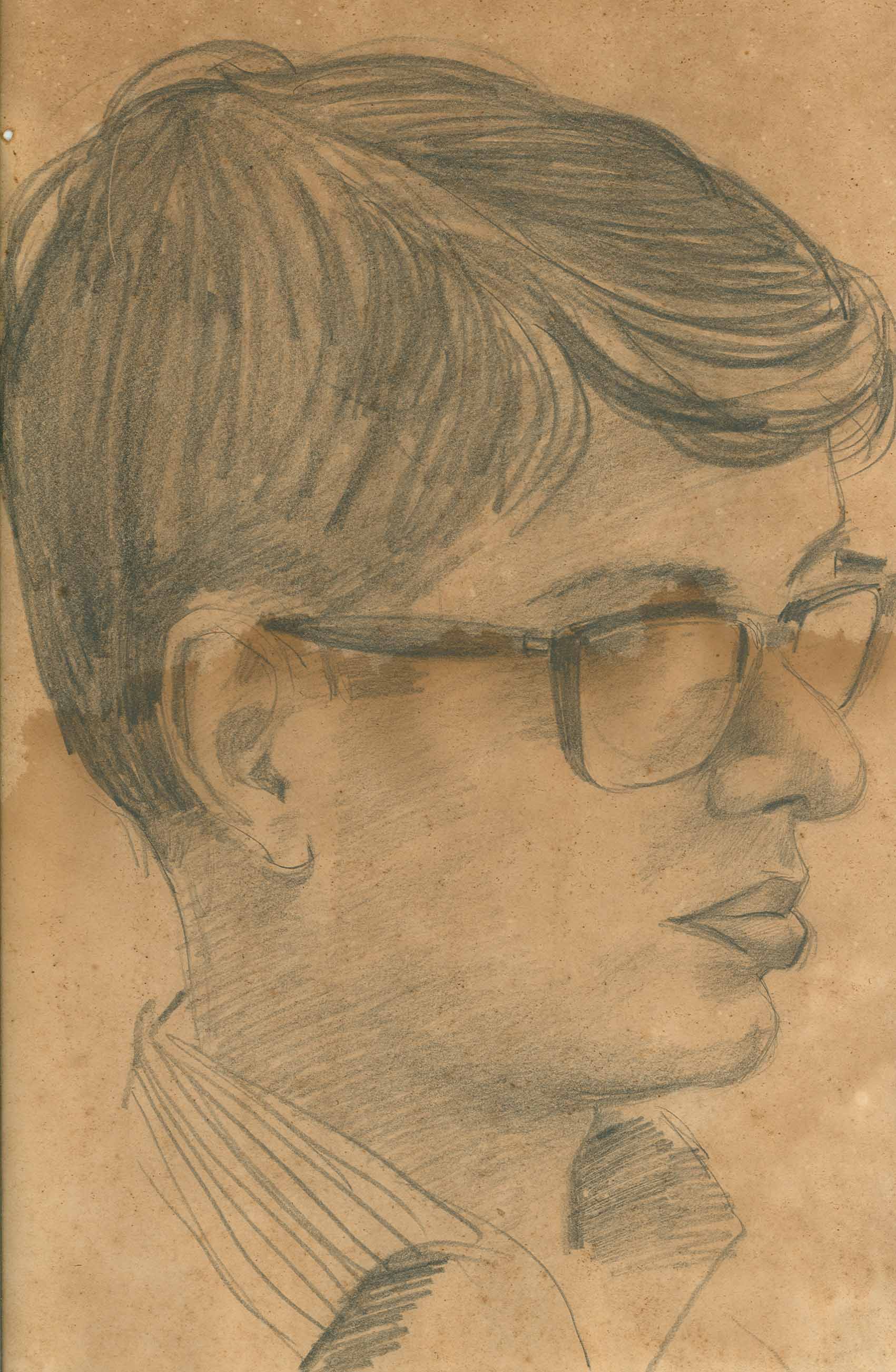My genetic origin
All living organisms are composed of the same basic cells with the same chemical substances, from bacteria to man. The total number of animal and plant species is estimated at between 2 million and 4.5 million, and the number of species, which have become extinct, exceeds over 15 million.
According to anthropologists the first member of the human species, Homo habilis the handyman, the stone tool maker, lived in eastern and southern Africa between 2.4 and 1.4 million years ago. Homo habilis evolved into Homo erectus the upright man, and lived between 1.89 million and 143,000 years ago in north, east and South Africa. His mastery of fire allowed him to migrate out of Africa into the cooler parts of the earth. He has become known through fossils that have evolved far from Africa - as the Peking man, the Java man and as Homo neanderthalensis in Europe. He was the longest-lived early human species, living about nine times longer than our own species, Homo sapiens.
The majority of scientists believe that modern humans, Homo sapiens, evolved in eastern Africa about 200,000 years ago and colonized the rest of the world. Their superior technology (tools, clothes, language) allowed them to spread farther and faster than any other species.
Archaeological evidence suggests that modern humans settled in the eastern Mediterranean 90,000 years ago. They arrived in the Indian sub-continent 70,000 years ago and in Australia 60,000 years ago. The modern humans may have wiped out several species of hominids who populated the earth, including Homo sapiens in Africa, Homo erectus in southeast Asia and China, and Homo Neanderthals in Europe, because by 35,000 years ago, the only surviving hominid species was the modern humans who multiplied in the bountiful grassy steppes of Central Asia. They originally gathered plants and hunted animals. Then about 12,000 years ago they made the transition to producing food. They took to farming and breeding animals and settled down. Villages, towns, cities and countries emerged and expanded their numbers and changed the face of the earth.
The scientists who now trace human history by studying DNA, say that there are two sex chromosomes, X and Y. Women carry X chromosomes in their DNA that passes through generations relatively unchanged, in a part of the cell called the mitochondria, and is transferred from mother to daughter. It mutates at a steady rate, and therefore it can be used as a ‘molecular clock’ to investigate human history. Thus they trace every female lineage back to an Eve who lived in Africa about 150,000 years ago.
The Y chromosome that only men carry is passed on in DNA from father to son, basically unchanged through generations except for random mutations. These random mutations are called markers. Once a marker has been identified, geneticists can trace it to the point at which it first occurred, which would be the most recent common ancestor. For example, an ancient Y chromosome marker called M168 has been traced to a Eurasian Adam who lived in Africa about 79,000 years ago and is the common ancestor of every non-African person living today. From the original lineage M168 in North Africa, a type of man evolved with an M89 marker, who led the second great migration out of Africa about 45,000 years ago. From the M89 group, a type of man was born some 40,000 years ago in southern Central Asia with the marker M9.
The Central Asian steppe hunters with the M45 marker evolved from the M9 lineage about 35,000 years ago. They survived on the northern steppes by erecting animal skin shelters and sewing weatherproof tight clothing. They gave birth to individuals with the marker M173, who journeyed westward, arrived in Europe around 30,000 years ago and were the ancestors of most Europeans
My own genetic marker, M17, appeared on the grassy steppes of the Ukraine or southern Russia in a man of the M173 lineage about 10,000 years ago. The early M17 peoples were nomadic steppe farmers. They were the first to domesticate the horse, which eased their numerous migrations. My M17 ancestors spread from Europe to India. They were responsible for the birth of the Indo-European languages, the world's most widely spoken language family, which includes English, the Romance Languages, Farsi, and various Indian tongues.
